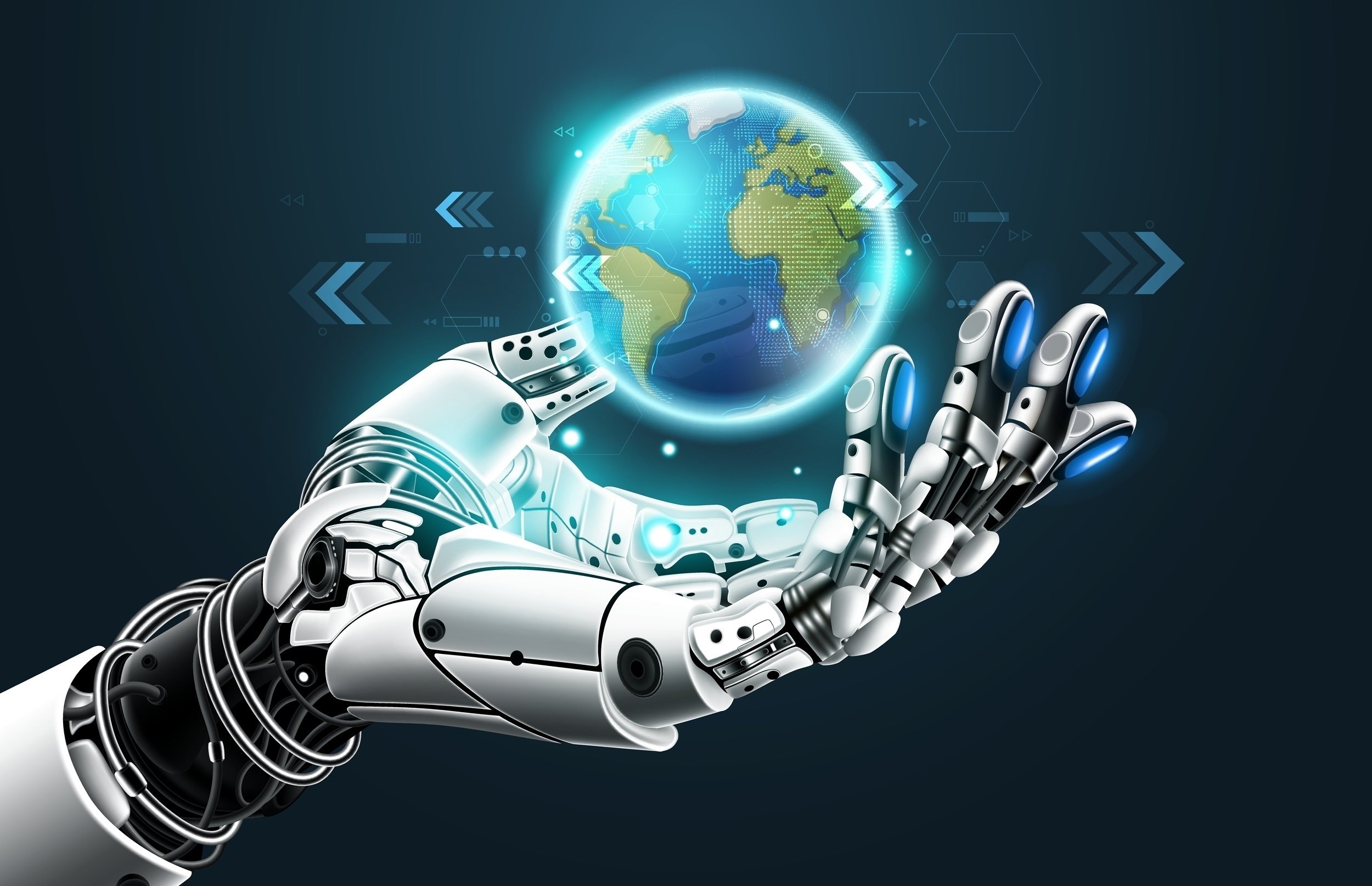2 min read
The New Era of AI Integration: Combining Physical Intelligence with Data-Centric Architecture
 Edwin de Jong
:
June 17, 2025
Edwin de Jong
:
June 17, 2025

Today, physical intelligence is transforming industries and redefining possibilities. What’s driving this transformation? Pioneering infrastructure software that can enable artificial intelligence (AI) to interact with the physical world in smart, adaptive, and efficient ways. We refer to this capability as Physical Intelligence.
Physical intelligence enables AI to engage with the physical environment, similar to how a robot combines intelligence with control of actuators. This concept extends beyond humanoid robotics to include a wide array of applications such as surgical robots and self-driving vehicles, UAVs (unmanned aerial vehicles), and air defense systems. Physical intelligence is characterized by several key attributes: capturing data of the environment through diverse sensors, interacting with the world via actuators, and adapting through learning from new situations that weren't initially considered.
Bridging AI and Physical Systems with Data-Centric Architecture
Data-centric architecture is vital for integrating AI into existing systems. It treats the data model as the primary interface, enabling consistent, flexible integration of new AI functionalities without altering existing components.
By adopting a data-centric architecture, companies can seamlessly introduce AI capabilities – facilitating a smooth transition toward smarter systems. RTI’s innovative AI tools and infrastructure help bridge this gap in two ways: by enabling the integration of AI into physical systems, and by providing AI-powered tools to accelerate development.
RTI recently unveiled Connext AI, a suite of AI-powered tools underpinned by large language models (LLMs). These tools enhance the design and development of RTI Connext-based applications by automating code generation, configuration, and even debugging through intelligent assistance. Such technological advancements highlight RTI’s commitment to facilitating the incorporation of AI into next-generation systems.
The Crucial Role of Infrastructure Software
RTI Connext plays a pivotal role by providing real-time connectivity between AI algorithms, sensors and actuators. Unlike companies that provide AI models or sensor hardware, RTI's infrastructure software ensures seamless connectivity essential for a myriad of applications, including autonomous vehicles, medical imaging, and defense systems.
RTI Connext provides the data architecture for over 2,000 designs in Aerospace and Defense, Medtech, Automotive, and Robotics – running in more than $1T of total deployed systems worldwide. This widespread implementation underscores how RTI empowers systems to achieve levels of autonomy previously unattainable.
Looking Ahead: AI’s Expanding Horizon
A great example of AI’s expanding horizon is illustrated by RTI's collaboration with NVIDIA®, which involves incorporating AI at the edge through NVIDIA® HoloScan™. This platform harnesses the power of NVIDIA's GPUs – ranging from Jetson series for embedded applications to their highly capable gaming GPUs – to process sensor data at the edge, opening new possibilities across industries. By enabling such integrated solutions, RTI and NVIDIA are paving the way for extensive AI deployment in real-world scenarios.
As AI continues to evolve, so does our understanding and implementation of physical intelligence systems. Through its innovative platform for data-centric architecture and partnerships with leading tech giants like NVIDIA, RTI is helping to drive this revolution. Our solutions not only bring AI closer to the Edge, but also empower developers to craft smarter and more autonomous systems across various industries.
For those with the foresight to adapt, the integration of AI with physical environments holds unparalleled promise – a promise of a truly intelligent future where technology seamlessly interacts with the real world, enhancing our capabilities beyond imagination. Keep an eye on RTI as we continue to help customers bridge the gap between AI and the physical world.
About the author:
 Dr. Edwin de Jong is Vice President of Sales at RTI. With more than 20 years of experience in the software industry, Edwin is one of the pioneers in the development of large-scale, real-time, publish-subscribe middleware. He joined RTI in 2005 following RTI's acquisition of 4TEC, a company he co-founded in 2002 and led as CEO.
Dr. Edwin de Jong is Vice President of Sales at RTI. With more than 20 years of experience in the software industry, Edwin is one of the pioneers in the development of large-scale, real-time, publish-subscribe middleware. He joined RTI in 2005 following RTI's acquisition of 4TEC, a company he co-founded in 2002 and led as CEO.
His fields of expertise include systems architecture; large-scale, distributed (hard), real-time systems; fault tolerance, networking and communication protocols; real-time in-memory databases; system modeling and analysis; formal specification and analysis; and software engineering systems and tools.
Edwin holds a PhD in Mathematics and Physics from Leiden University, The Netherlands.
Posts by Tag
- Developers/Engineer (180)
- Technology (79)
- Connext Suite (77)
- News & Events (75)
- 2020 (54)
- Aerospace & Defense (52)
- Standards & Consortia (51)
- Automotive (38)
- 2023 (34)
- 2022 (29)
- IIoT (27)
- 2025 (25)
- Leadership (24)
- Healthcare (23)
- 2024 (22)
- Connectivity Technology (21)
- Cybersecurity (20)
- 2021 (18)
- Culture & Careers (15)
- Military Avionics (15)
- FACE (13)
- Connext Pro (10)
- JADC2 (10)
- ROS 2 (10)
- Connext Tools (7)
- Connext Micro (6)
- Databus (6)
- Transportation (5)
- Case + Code (4)
- Connext (4)
- Connext Cert (4)
- Energy Systems (4)
- FACE Technical Standard (4)
- AI (3)
- Oil & Gas (3)
- Research (3)
- Robotics (3)
- #A&D (2)
- Connext Conference (2)
- Edge Computing (2)
- Golden Dome (2)
- MDO (2)
- MS&T (2)
- RTI Labs (2)
- TSN (2)
- ABMS (1)
- C4ISR (1)
- DOD (1)
- ISO 26262 (1)
- L3Harris (1)
- LabView (1)
- MOSA (1)
- MathWorks (1)
- National Instruments (1)
- Simulation (1)
- Tech Talks (1)
- UAM (1)
- Videos (1)
- eVTOL (1)
 Success-Plan Services
Success-Plan Services